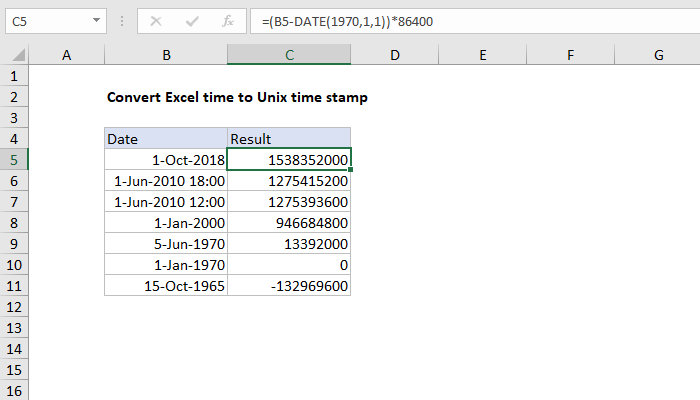

ToStartOfInterval(t, INTERVAL 1 month) returns the same as toStartOfMonth(t), ToStartOfInterval(t, INTERVAL 1 year) returns the same as toStartOfYear(t),

This is a generalization of other functions named toStartOf*. toStartOfInterval(time_or_data, INTERVAL x unit ) Rounds down the date with time to the start of the fifteen-minute interval. Rounds down a date with time to the start of the ten-minute interval. Rounds down a date with time to the start of the five-minute interval. Timezone server configuration parameter.Rounds down a date with time to the start of the minute. Rounds down a date with time to the start of the hour. Rounds down a date with time to the start of the day. For the single-argument syntax, a mode value of 0 is used. The mode argument works exactly like the mode argument to toWeek().


Rounds down a date or date with time to the nearest Sunday or Monday by mode.Īs a special case, date arguments, , -04 (and if mode is 1) return date. Rounds down a date or date with time to the nearest Monday.Īs a special case, date arguments, , -04 return date. Rounds up a date or date with time to the last day of the month. Rounds down a date or date with time to the first day of the month. The first day of the quarter is either 1 January, 1 April, 1 July, or 1 October. Rounds down a date or date with time to the first day of the quarter.
Linux date now minus minutes iso#
Rounds down a date or date with time to the first day of ISO year. Rounds down a date or date with time to the first day of the year. If toLastDayOfMonth is called with an argument greater then, the result will be calculated from the argument instead.If the return type is Date and the argument is larger than, the result will be calculated from the argument instead.If the return type is DateTime and the argument is larger than 08:28:15, the result will be calculated from the argument 08:28:15 instead.If the argument is smaller than 1970, the result will be calculated from the argument (00:00:00) instead.Though these functions can take values of the extended types Date32 and DateTime64 as an argument, passing them a time outside the normal range (year 1970 to 2149 for Date / 2106 for DateTime) will produce wrong results. The return type of toStartOf*, toLastDayOfMonth, toMonday functions described below is Date or DateTime. (which is not always true – even in Moscow the clocks were twice changed at a different time).Ĭonverts a date with time to a UInt8 number containing the number of the minute of the hour (0-59).Ĭonverts a date with time to a UInt8 number containing the number of the second in the minute (0-59).įor DateTime argument: converts value to the number with type UInt32 - Unix Timestamp ( ).įor String argument: converts the input string to the datetime according to the timezone (optional second argument, server timezone is used by default) and returns the corresponding unix timestamp. This function assumes that if clocks are moved ahead, it is by one hour and occurs at 2 a.m., and if clocks are moved back, it is by one hour and occurs at 3 a.m. Converts a date or date with time to a UInt16 number containing the year number (AD).Ĭonverts a date or date with time to a UInt8 number containing the quarter number.Ĭonverts a date or date with time to a UInt8 number containing the month number (1-12).Ĭonverts a date or date with time to a UInt16 number containing the number of the day of the year (1-366).Ĭonverts a date or date with time to a UInt8 number containing the number of the day of the month (1-31).Ĭonverts a date or date with time to a UInt8 number containing the number of the day of the week (Monday is 1, and Sunday is 7).Ĭonverts a date with time to a UInt8 number containing the number of the hour in 24-hour time (0-23).


 0 kommentar(er)
0 kommentar(er)
